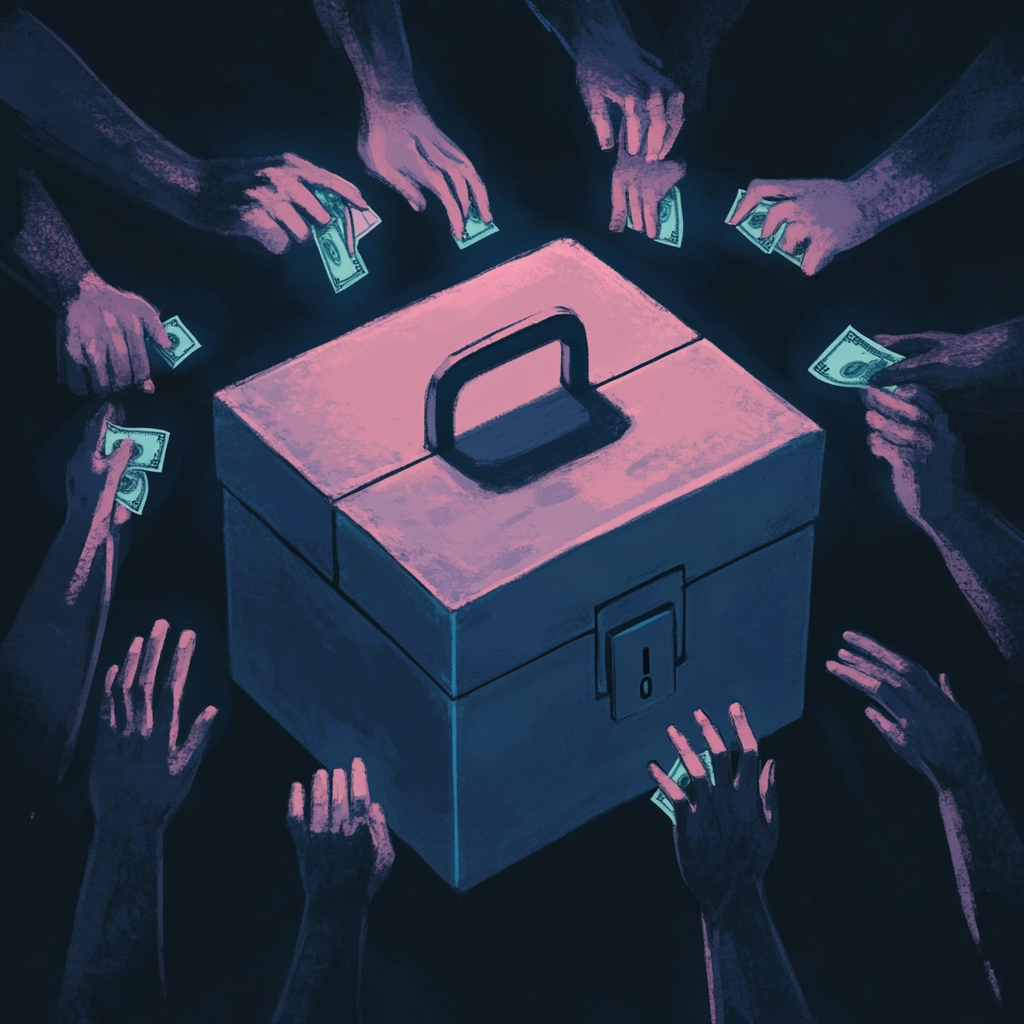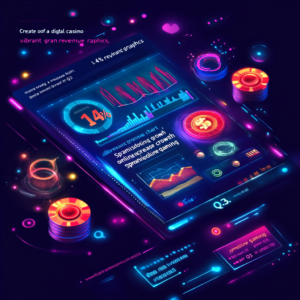
Innovative Proposal for E-Voting: Using Synthetic Identities
In a world that dances on the line between tradition and technology, the rising tide of electronic voting (e-voting) brings about a plethora of challenges, particularly the insidious threats of voter coercion and vote buying. Enter a most unexpected hero in this saga: fake credentials. This not-so-conventional approach, crafted by the brainiacs at the École Polytechnique Fédérale de Lausanne (EPFL), shakes up the status quo with a promise to bolster the security and integrity of online voting systems.
E-voting does offer convenience that’s hard to beat, but let’s not sugarcoat it: it's akin to inviting a raccoon into your kitchen. While it can be a well-meaning guest, without the correct precautions, it might just wreak havoc on your dinner party. Traditional voting, the time-honored method we know and sometimes loathe, has certain safeguards—most notably, the physical presence of voters that shields them from coercion. You can't look over someone's shoulder in a voting booth, can you? As countries increasingly leap into the e-voting realm to make participation easier, the necessity for robust security measures is becoming as clear as a bell.
So how do these fake credentials work, and how do they save the day? Let’s delve into the details: It might sound bizarre, but it’s a clever concoction rooted in sound cryptographic principles that are worthy of Sherlock Holmes’ investigation. Here’s the scoop:
First up is the creation of credentials. Voters engage with a system called TRIP (Trust-limiting In-Person Registration), which allows them to generate both real and fake voting credentials during a face-to-face interaction. This initial setup creates a safe and sound communication channel between the voter and the supervising authority. The kicker? The real and fake credentials look as identical as identical twins at a family reunion—only the voter knows which is which, thanks to some clever interactive zero-knowledge proofs.
Now, onto how it works in practice. Picture a voter going through a process that sounds deceptively simple, yet is layered with nuances. They start by registering in person (let's keep things secure, shall we?). Then, they whip up both real and fake credentials, complete with a QR code and a nifty interactive proof that sounds smart enough to impress your math teacher. When it comes to combating coercion, here’s where things get even more interesting: if a voter finds themselves under the thumb of a coercer, they can simply hand over a fake credential. The votes cast using these imposters? Discarded without a trace. It’s like giving a mime a speaking role.
To ensure this system isn’t just a figment of overactive imaginations, EPFL researchers took a trip to Boston, conducting a user study that involved 150 participants. Out of this bunch, a whopping 96% understood the principle of fake credentials. But, here’s the rub: only about half said they would actually go through with making fakes in a real-world setting. Perhaps performing magic tricks wasn’t as appealing in theory as it was in practice. Moreover, a sobering 10% accidentally voted with a fake credential. Talk about needing clearer signage.
Diving deeper into the technological pool, the underpinning of this whole mechanism hinges on advanced cryptography, which might make you feel like you need a Ph.D. in computer science just to catch up. Those interactive zero-knowledge proofs? They allow voters to possess credentials that can be verified without tipping off the world whether they’re genuine or fake. The use of QR codes for activation? Oh, just a little sprinkle of modernity to elevate the old-school charm of the voting process. Voters can activate their real credentials using devices they trust, even if those devices belong to their next-door neighbor or their best friend. Talk about a community initiative!
Now, while the concept sounds fantastic, we must tread warily, pondering the future implications of this scheme. Long-term recall of which credential is real and which is fake poses an intriguing question—will voters remember over time? Moreover, educating voters on the significance and correct application of these fake credentials is KEY. Otherwise, we may end up with a generation of voters scratching their heads on election day as they think, “Wait, which one was the real one again?”
And let’s not ignore the elephant in the room: scalability. The technology is still in its experimental stage. It needs to evolve like a caterpillar into a butterfly before it can be embraced by election authorities globally.
In summary, the prospect of using fake credentials in e-voting is more than just a quirky solution. It’s a groundbreaking approach that harnesses the power of advanced cryptography to bolster voter integrity. While the road ahead is riddled with challenges, the potential rewards are as bright as a summer's day. In a digital age where innovations are the cornerstone of democracy, embracing such groundbreaking ideas is essential in ensuring that our voting processes not only survive but thrive in the face of evolving threats.
Want to stay up to date with the latest news on neural networks and automation? Subscribe to our Telegram channel: @channel_neirotoken

